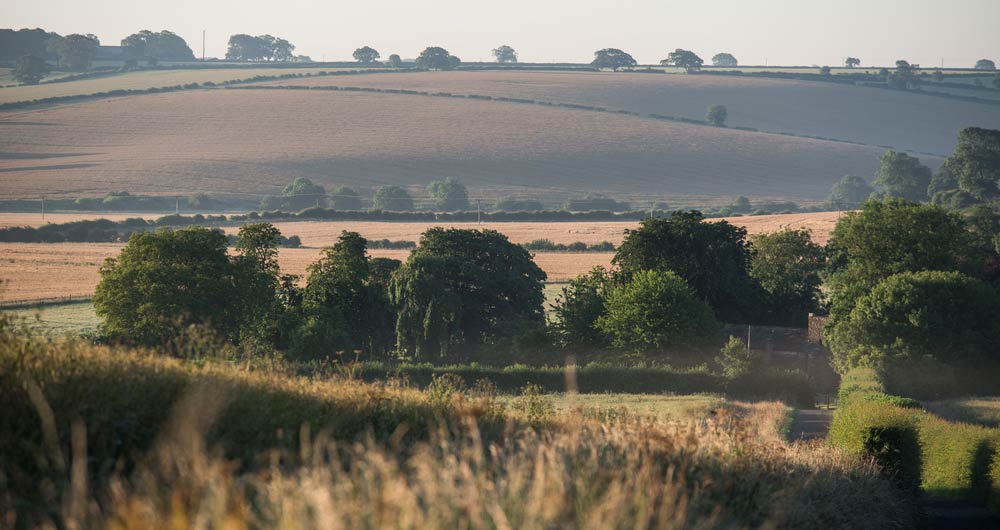

Large imports of cattle fodder cause an imbalance in the nitrogen cycle. As such, the country is the second largest exporter of agricultural produce in the world after the United States when the exportation of imported agricultural goods, such as cattle and soybeans are included. The Netherlands has a significant agrarian and livestock sector, which produces and transits large quantities of agricultural exports. In the summer of 2022, support for the protests was polled between 39%–45% by I&O Research, while EenVandaag and Ipsos found understanding for the farmers among 52%–66% of their pollees.

By July 2020, 55% of people responding to a survey by current affairs program EenVandaag did not support further protests, but just over half of the respondents did remain sympathetic to the farmers. Public understanding for the farmers has remained high for the duration of the conflict, but actual support wavered in December 2019 over a series of "radical" actions and statements made by demonstrators. The protests combined several action groups and an amalgamation of larger goals, which included less government regulation for farmers, more air time for pro-farmer sentiments, and more policy to punish Shell and Tata Steel for their part in the emission crisis. The protests were initially triggered in October 2019 by a proposal in parliament to halve the country's livestock in an attempt to limit agricultural pollution in the Netherlands, but protesting farmers have frequently told media that they are motivated by a perceived lack of respect for their profession by the Dutch populace, media and politicians. The Dutch farmers' protests ( Dutch: boerenprotesten) are a series of demonstrations by Dutch livestock farmers, characterised by the use of tractors to block roads, and occupy public spaces. Animal rights and environmental activist groups and individuals.


 0 kommentar(er)
0 kommentar(er)
